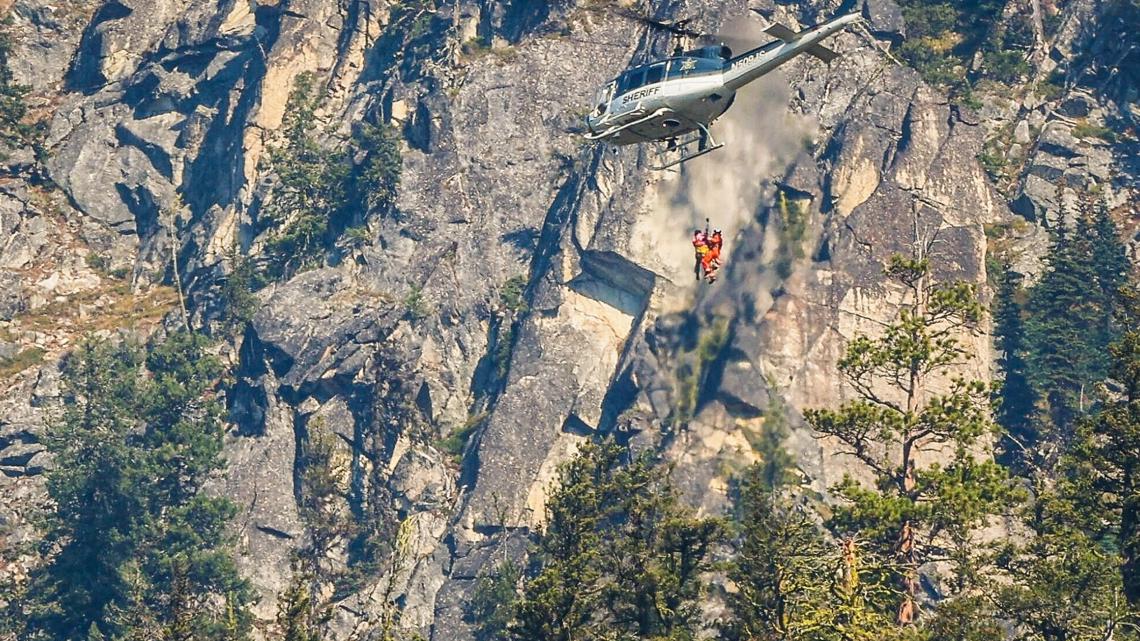The search for Travis Decker ends without clear answers as his remains are found scattered in the Cascade mountains.
WENATCHEE, Wash. — The world will likely never know how Travis Decker, the alleged murderer of his three daughters and subject of one of the most substantial manhunts in Washington state history, came to his end in the remote, rugged terrain of the Cascade mountains south of Leavenworth.
Chelan County Coroner Wayne Harris confirmed Friday that Decker’s torso and cranium have not been located, which are instrumental in proving a cause of death.
RELATED: Presumed remains of Travis Decker found in largest manhunt in Chelan County history
“The biggest questions are when, and how did he die? Based on the limited skeletal remains that were obtained, that answer will most likely never be known,” Harris said.
Investigators found Decker’s remains in five different places, separated by hundreds of yards. An anthropologist revealed that none of the bones exhibited fractures, something that would indicate a fall. Due to the weather and animal activity in the area, no biological tissue or material was recovered.
“I realize that this story has been of great interest to many, but in our field of work, answers we seek are occasionally not … known,” Harris added.
The Washington State Patrol positively matched the remains to Decker with DNA. Chelan County Sheriff Mike Morrison confirmed that information Thursday after suggesting the week before that Decker had been found dead, referencing clothing and personal items known to belong to the fugitive.
The sheriff’s office told KING 5 that a drone helped lead searchers to the site near Leavenworth where the remains, which included femur and foot bones, were found. The aircraft captured images of a T-shirt known to have belonged to Decker. The site was less than a mile from the original scene, a remote area near Grindstone Mountain.
Officials said the area had not been previously searched. The remains were discovered in steep terrain.
“This was off the beaten path. We were bushwhacking,” Morrison said. “It still took me over an hour to hike out once we got to that location.”
Gavin Duffy, chief deputy of the U.S. Marshals Service in the Eastern District of Washington, defended the scope of the manhunt in light of the discovery’s proximity to the crime scene.
“The terrain is extremely complex,” Duffy said. “It’s hard to find anyone in this country. It’s incredibly steep; it’s incredibly rocky.”

